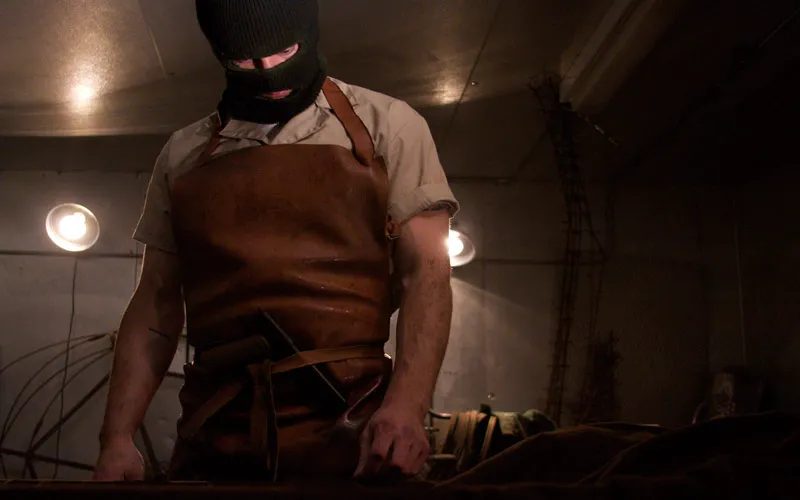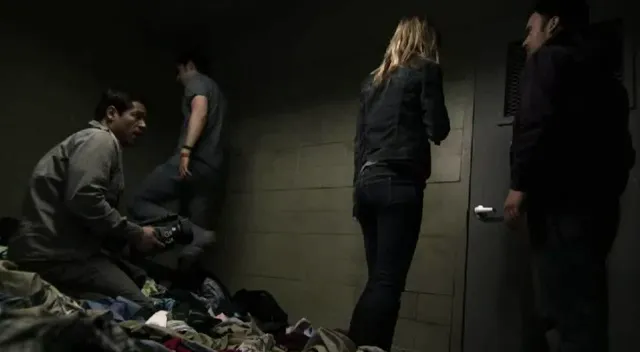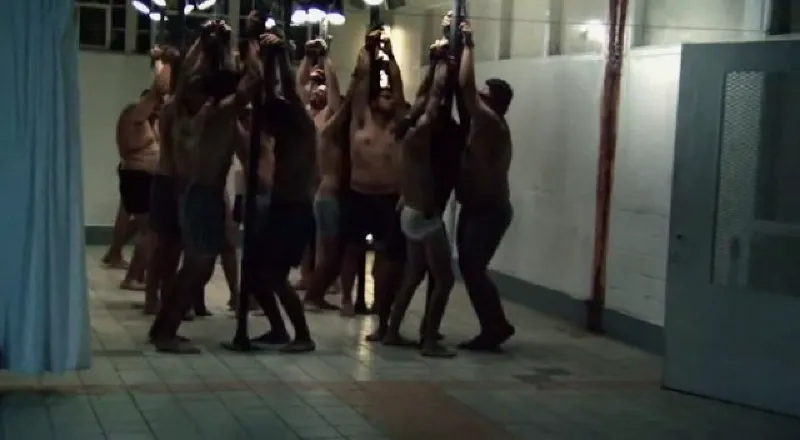Dark Corners: A Review of “Undocumented”
In our “Horror Vault” series, we delve into horror films that, for various reasons, didn’t quite make it to mainstream theaters.
“Undocumented” follows five film students embarking on a documentary project about illegal immigration into the United States. They venture into Mexico, embedding themselves with a group of locals seeking a better life across the border. The nighttime crossing seems to go smoothly, but once in the U.S., the immigrants are intercepted by armed individuals. These self-proclaimed patriots demand the students film their “philosophy,” which primarily involves the torture, abuse, and murder of the immigrants.

It’s undeniable that films like “Martyrs,” “Inside,” or “The Human Centipede” aren’t for everyone. However, watching “Undocumented” might make you appreciate those films for their honesty. There’s a clear depiction of evil, its victims, and the straightforward relationship between them. To emphasize the horror of the situation, the filmmakers unflinchingly display the characters’ suffering. Death isn’t portrayed as a heroic, slow-motion fall, but as something repulsive and sickening, filled with tears and inhuman screams.

Missed Opportunities
The filmmakers of “Undocumented” strangely shy away from graphic violence. Considering they managed to cast actors like Scott Mechlowicz and Peter Stormare, budget constraints on makeup seem unlikely. After all, the makeup artists for “Dallas Buyers Club” won an Oscar with a mere $250 budget, making financial limitations a weak excuse. Yet, the most brutal acts in “Undocumented” occur off-screen. While we might see someone get hit or cut, the camera awkwardly pans away during the most disturbing moments.

Unconvincing Villains
This is particularly odd because the film’s content is no less extreme than the aforementioned movies. This leads to the second issue: the villains are simply unconvincing. While one might not agree with the logic of extremists, it’s usually possible to understand it. However, the “patriots” in this film are just a group of sadists using their opposition to immigration as a cover. They subject their captives to U.S. history quizzes with life-or-death stakes, but their actions lack consistency. This could be understandable if the villain were a lone, deranged psychopath justifying their actions with some twisted theory. But this is supposedly an entire organization driven by blind fanaticism, which seems improbable without a clearly defined ideology to justify their atrocities.
Final Thoughts
Ultimately, the film paints an unconvincing picture of evil while simultaneously avoiding showing its consequences. This raises the question of why tackle this subject matter in the first place? Perhaps it was to give Peter Stormare another memorable role. His character, the leader of the “patriots,” spends most of the film in a mask (we only see his face in the epilogue), yet he manages to create a chilling and effective presence. If the filmmakers had focused on him as a lone maniac, the film might have been more cohesive.